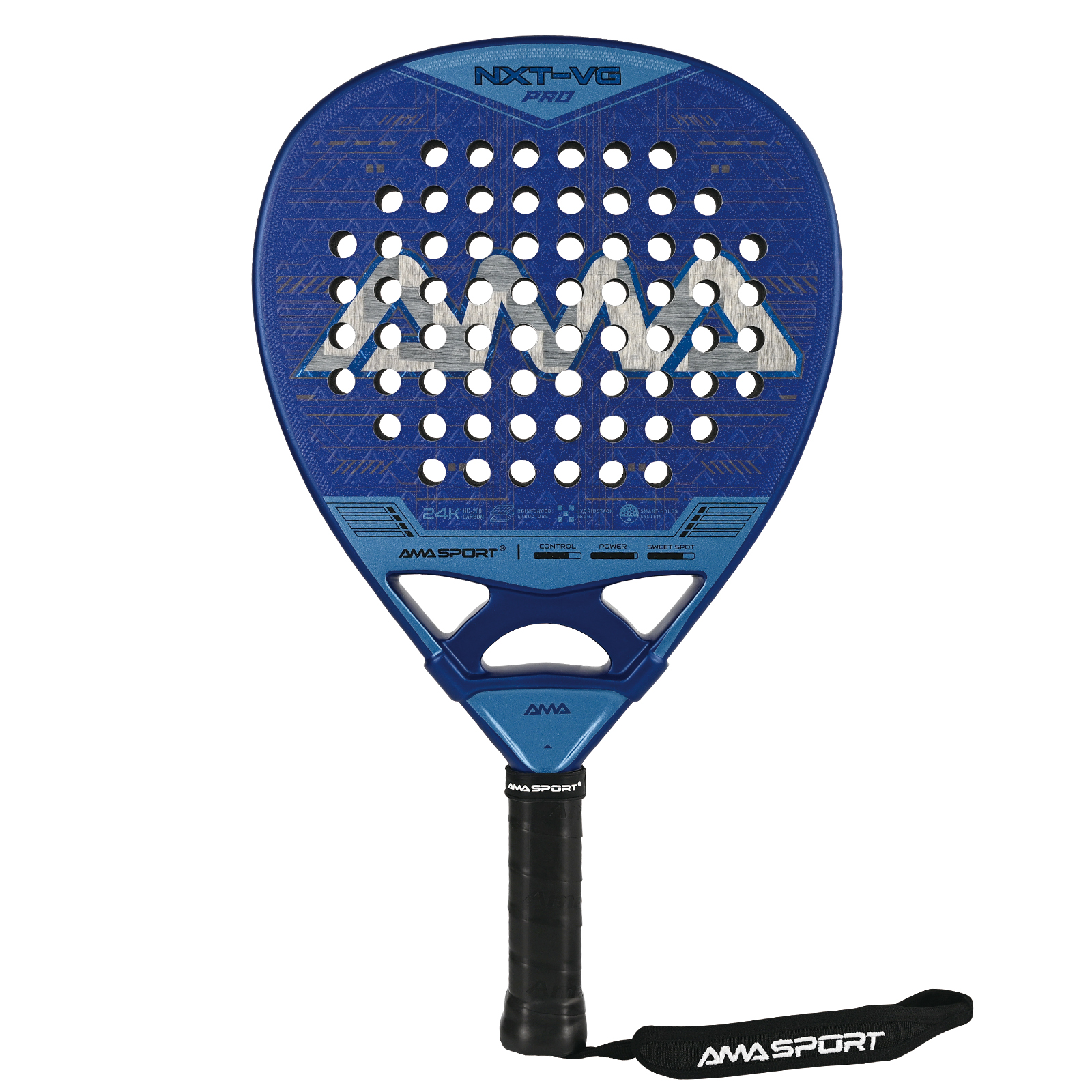The Science Behind Polyester: Why Athletes Choose This Fabric for Peak Performance
In the world of sports, every detail counts, from training regimens to nutrition plans. One often-overlooked aspect that can significantly impact an athlete's performance is their choice of apparel. Among the myriad of fabric options available, polyester has emerged as a favorite among athletes across various disciplines. But why do athletes wear polyester? This article delves into the science behind polyester, exploring its unique properties, benefits, and the reasons it has become the fabric of choice for many athletes.
Understanding Polyester: A Brief Overview
Polyester is a synthetic fabric made from polyethylene terephthalate (PET), a polymer derived from petroleum. Its development in the early 20th century marked a significant advancement in textile technology. Unlike natural fibers such as cotton or wool, polyester is engineered to provide specific performance characteristics that cater to the needs of athletes.
Moisture Management: Keeping Athletes Dry
One of the primary reasons athletes gravitate towards polyester is its exceptional moisture-wicking properties. When athletes engage in intense physical activity, their bodies produce sweat to regulate temperature. Polyester fibers are designed to draw moisture away from the skin and disperse it across the fabric's surface, allowing for quicker evaporation. This moisture management not only keeps athletes dry but also helps maintain optimal body temperature, reducing the risk of overheating during strenuous activities.
Durability and Longevity: A Wise Investment
Athletes often put their gear through rigorous conditions, from extreme weather to intense physical exertion. Polyester is renowned for its durability and resistance to wear and tear. Unlike natural fibers, polyester does not break down as easily when exposed to sunlight, sweat, or washing. This resilience means that athletes can rely on polyester garments for longer periods, making them a cost-effective choice in the long run. The fabric's ability to retain its shape and color even after multiple washes further enhances its appeal.
Lightweight and Breathable: Enhancing Performance
Performance is paramount in athletics, and the weight of an athlete's gear can significantly impact their efficiency. Polyester is a lightweight fabric, allowing for greater freedom of movement without the bulk associated with heavier materials. Additionally, many polyester fabrics are engineered with breathability in mind. The structure of polyester fibers allows for air circulation, which helps regulate body temperature and enhances comfort during workouts or competitions.
Flexibility and Stretch: Supporting Movement
Athletic performance often requires a full range of motion, and polyester fabrics can be engineered to provide the necessary stretch. Many polyester blends incorporate elastane or spandex, which enhances flexibility and allows garments to move with the body. This feature is particularly beneficial for athletes engaged in sports that require dynamic movements, such as gymnastics, dance, or team sports.
Environmental Considerations: The Rise of Recycled Polyester
As sustainability becomes increasingly important in the sports industry, athletes are also considering the environmental impact of their clothing choices. Recycled polyester, made from post-consumer plastic bottles and other waste materials, is gaining traction among eco-conscious athletes. This innovative approach not only reduces landfill waste but also conserves resources by minimizing the need for virgin polyester production. Many leading sports brands are now incorporating recycled polyester into their product lines, allowing athletes to perform at their best while making environmentally responsible choices.
Conclusion: The Fabric of Champions
In conclusion, the question of why athletes wear polyester is multifaceted. From its superior moisture management and durability to its lightweight and flexible nature, polyester offers a range of benefits that enhance athletic performance. As the industry continues to evolve, the introduction of recycled polyester presents an opportunity for athletes to align their performance needs with their values. Ultimately, the choice of fabric is not just about comfort; it is a strategic decision that can influence an athlete's success on the field, court, or track. As we look to the future, polyester will undoubtedly remain a staple in the wardrobes of athletes striving for excellence.





